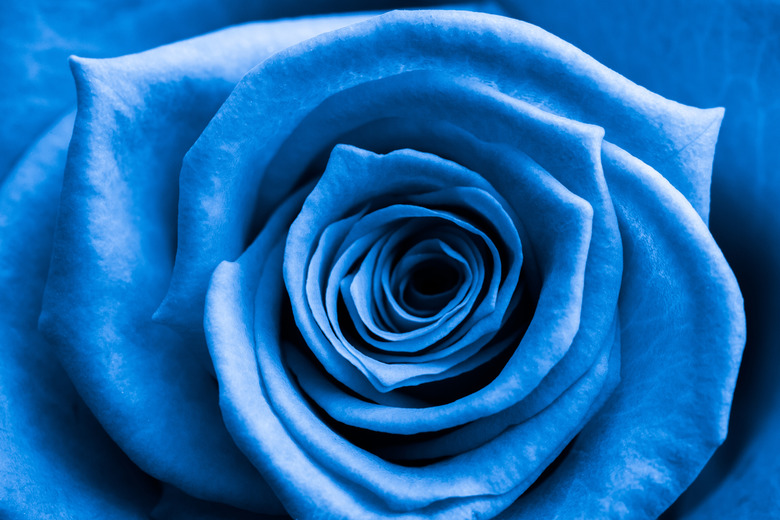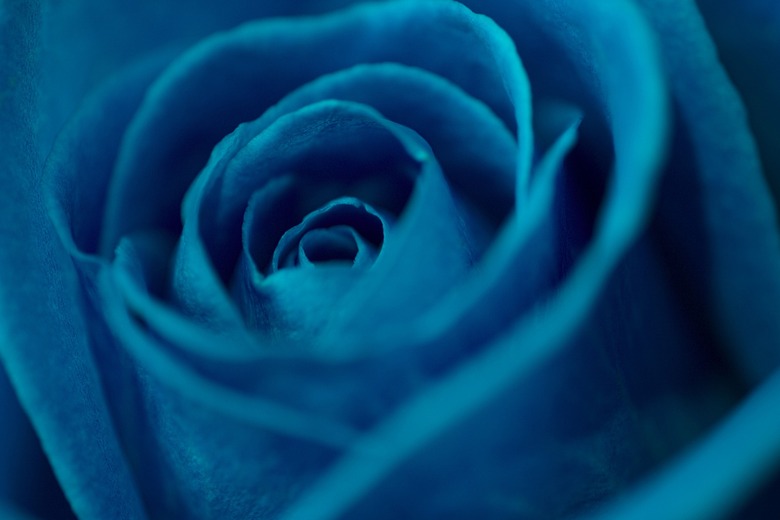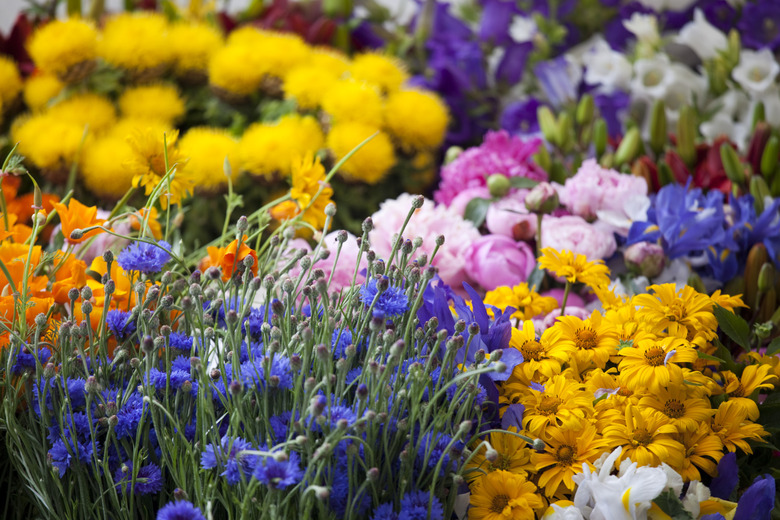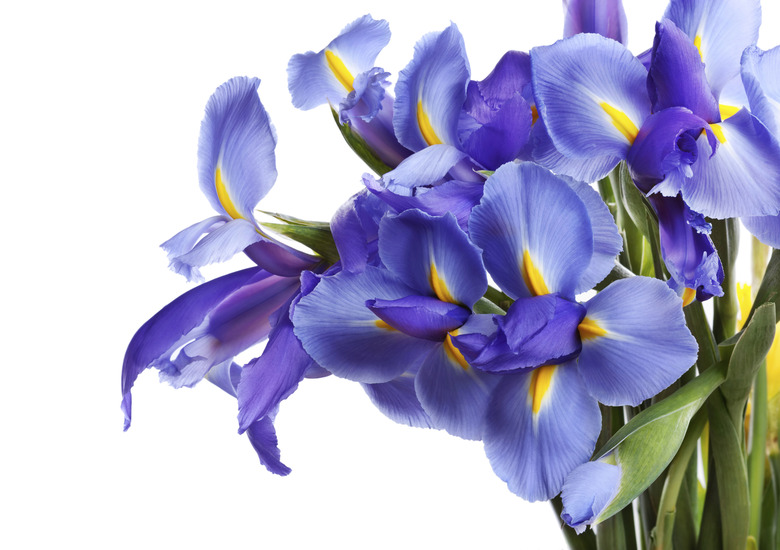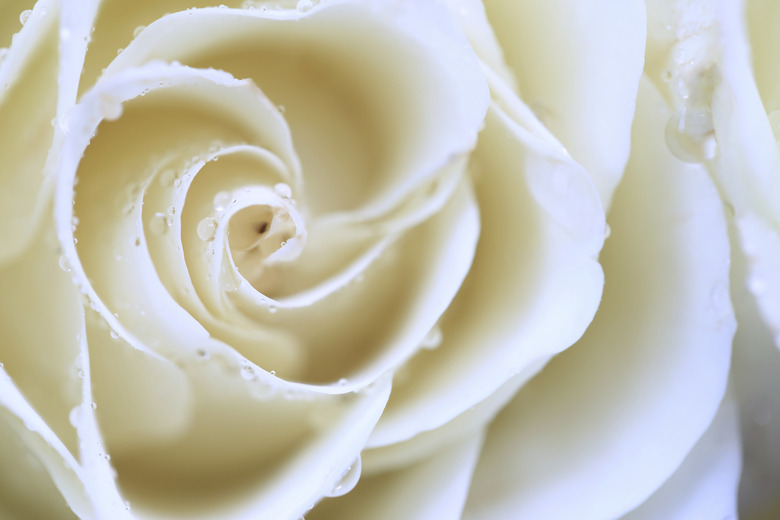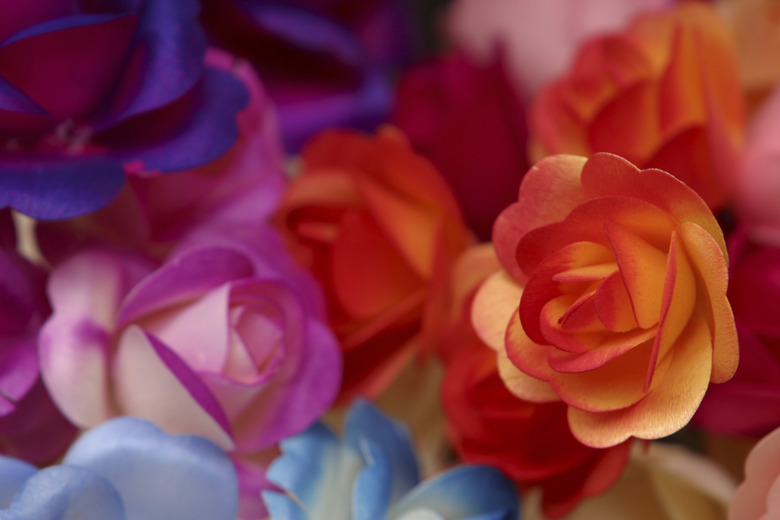What Does The Blue Rose Represent?
Red roses symbolize love and yellow roses symbolize friendship. But what do blue roses mean? Read on to learn more about blue roses and what it means to give someone a blue rose.
What Do Blue Roses Symbolize?
According to "Rose Color Meanings" (see References), blue roses symbolize "mystery or something desired but unattainable." An individual experiencing unrequited love could present a blue rose to his or her object of affection.
Where to Buy Blue Roses
Many floral shops sell blue roses, which are actually white roses dyed with blue coloring. Blue roses do not occur naturally, but Japanese scientists have now genetically engineered a true blue Applause rose only for sale in Japan.
- Red roses symbolize love and yellow roses symbolize friendship.
- According to "Rose Color Meanings" (see References), blue roses symbolize "mystery or something desired but unattainable."
How Did They Make Blue Roses?
Roses lack the blue pigment delphinidin so the Japanese scientists used pansies and irises (both containing delphinidin) to help create 100 percent blue pigment in the petals.
Significance of True Blue Roses
When true blue roses become more widespread, florists can sell American patriotic rose bouquets (red, white and blue). Engaged couples choosing blue as a wedding color can display true blue roses in different hues as decorations. Baby showers celebrating the upcoming arrival of a baby boy can incorporate pale blue roses.
How to Dye a White Rose Blue
Add a few drops of blue food coloring to a water-filled vase. Insert a white rose, cutting off an inch of the stem at an angle, and over time the rose will take on the blue color.
Blue Rose Fun Facts
Green Ronin Publishing produced a romantic fantasy role-playing video game called "Blue Rose." Blue Rose is also a popular business name, from floral shops to record companies and hotels. A book called The Blue Rose by Gerda Weissmann Klein details the story of Jenny, a child with developmental disabilities.
- Roses lack the blue pigment delphinidin so the Japanese scientists used pansies and irises (both containing delphinidin) to help create 100 percent blue pigment in the petals.
- A book called The Blue Rose by Gerda Weissmann Klein details the story of Jenny, a child with developmental disabilities.
